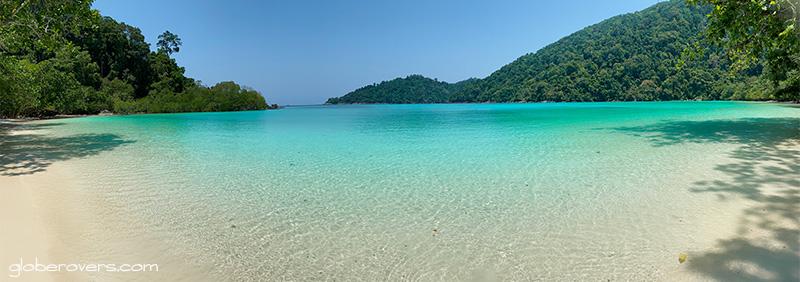
Region 4: Northern Andaman Islands
(See bottom of post for links to more regions)
Thailand’s Northern Andaman Coast lies south of the pristine Mergui Archipelago of Myanmar. Enjoy the region’s abundance of marine life at the Similan and Surin Archipelagos. Closer to the coast, the islands are laid-back and beaches unspoiled.
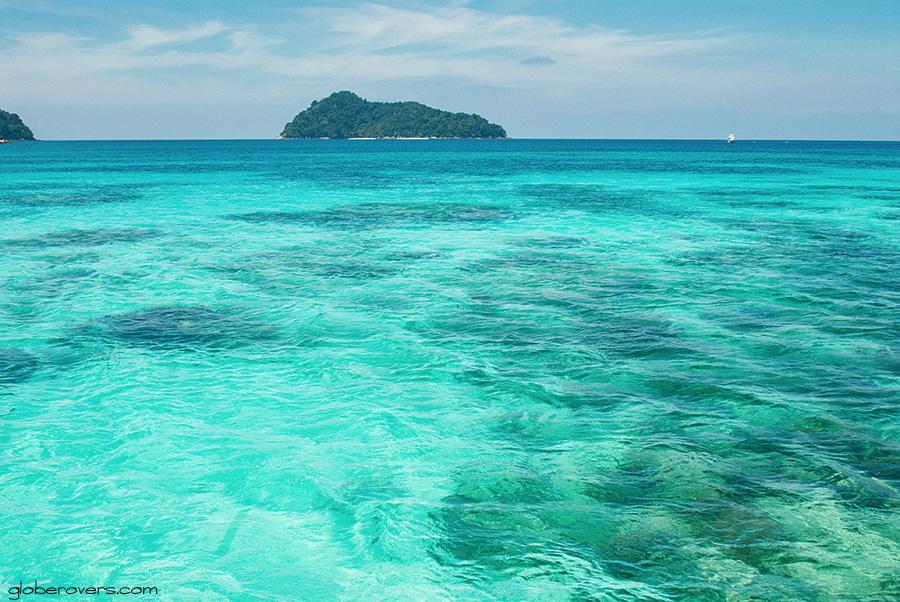
Table of Contents
Location & Gateway
The Northern Andaman Coast lies north of Koh Phuket and stretches from Koh Similan, 60 kilometres (37 mi) west of Khao Lak on Thailand’s west coast, all the way north to the Myanmar border.
Northeast of Koh Similan, close to the mainland near the town of Kuraburi, lie the three sister islands of Koh Kho Khao, Koh Phra Thong, and Koh Ra. Although these three off-the-beaten-track islands are close to the mainland, their west-facing, long beaches of golden sand with turquoise waters are pristine.
A less-developed area with the most beautiful beaches and great snorkelling.
To the west, 55 kilometres (34 mi) from the mainland, is the idyllic Koh Surin Archipelago which consists of two large islands—Koh Surin Nuea and Koh Surin Tai; and three small islands—Koh Ri, Koh Kai, and Koh Klang. Nearby Richelieu Rock is regarded as one of the best dive spots in the world.
Near the Thailand coast and just south of mainland Myanmar’s southernmost point, are the laid-back islands of Koh Phayam and Koh Chang Noi.
Koh Similan can only be visited on day trips from Koh Phuket or Khao Lak Beach.
The town of Kuraburi is the gateway to the central part of the region (Koh Surin, Koh Kho Khao, Koh Phra Thong, and Koh Ra) while the town of Ranong near mainland Myanmar is the stepping stone to Koh Phayam and Koh Chang Noi.

Notable Islands with Lodging
The saying “the best is in the west” is very true for Thailand’s westernmost Koh Similan and Koh Surin archipelagoes. Both offer crystal clear emerald-green water with white sand beaches, and some of Thailand’s best coral reefs for diving and snorkelling.
While Koh Surin offers accommodation in the National Park’s bungalows and tents, this is no longer possible on Koh Similan where only day-trippers are allowed.
1) Koh Surin
Koh Surin is an archipelago of five islands within the Mu Ko Surin National Park, covering an area of 135 square kilometres (52 mi²), of which 76% is ocean. The two largest islands, Koh Surin Nuea and Koh Surin Tai, are just 200 metres (656 ft) apart.
On the largest island, Koh Surin Nuea, the National Parks office rents out bungalows at Chong Khat Bay. A bit further north at the more scenic and tranquil Mai Ngam Beach are several standard and a few glamping tents, set up right by the beach. Pitch your own tent for a small fee.
The smooth, pristine waters with aquamarine hues at Mai Ngam Beach are among Thailand’s finest. There are several beautiful beaches across the archipelago but other than those with accommodation, all beaches are off-limits to tourists as they are home to breeding turtles and other wildlife.
The smaller of the two big islands, Koh Surin Tai, has a small Moken village.
The Surin Archipelago’s wildlife includes mouse deer, flying lemur, pig-tailed monkey, and rare birds such as the Nicobar pigeon and the pied imperial pigeon.
Diving and snorkelling are world-renowned, in particular Richelieu Rock, 10 kilometres (6.2 mi) to the south-west of Koh Surin Nuea.
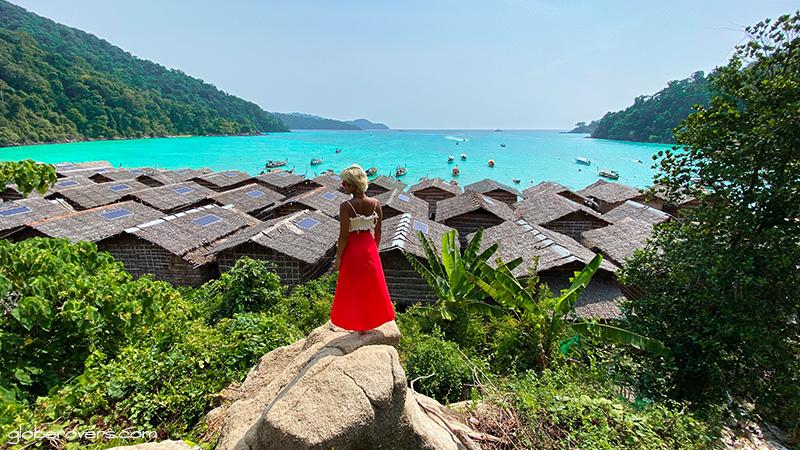
2) Koh Kho Khao, Koh Phra Thong, and Koh Ra
Nearer to the mainland, limited accommodation is available on the three sister islands: Koh Kho Khao, Koh Phra Thong, and Koh Ra.
The flat landscapes of Koh Kho Khao and Koh Phra Thong were devastated during the 2004 Indian Ocean Tsunami, which is partly the reason why they are still quite undeveloped with limited roads and tourist infrastructure.
The southernmost island Koh Kho Khao, with its long, beautiful beaches, is the most developed of the three islands with decent roads and good accommodation due to the proximity of its southern tip to the mainland.
Koh Phra Thong, the middle link in this chain of three islands, is mostly flat with extensive inland savannah and a few small brackish lakes. It has long, uninhabited beaches lined with coconut palms. The two small fishing villages are inhabited mainly by the Moken people.
Koh Ra, the northernmost of the three islands, is a mostly mountainous island covered in rainforest. It is the least developed, and its mostly untouched forest is rich in mammals, reptiles, amphibians and birds, including several species of hornbills.
With the exception of two upscale resorts on Koh Phra Thong and another on Koh Kho Khao, accommodation on these islands is limited to local-style huts.
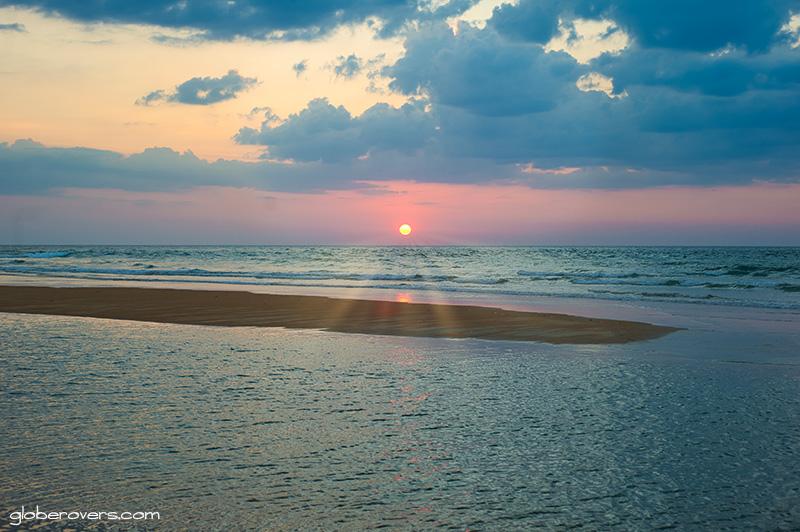
At the northern end of this region are the islands of Koh Phayam and Koh Chang Noi. The long beaches, laid-back atmosphere, affordable accommodation, and ease of reaching the islands all contribute to their solid following among loyal visitors.
Both islands have a good network of small paved roads, ideal for exploring on two wheels. The lack of large resorts and pedestrian-only streets offers a truly authentic island experience, little affected by the few tourists who know how to appreciate these islands
3) Koh Phayam
Koh Phayam’s beaches include the most developed Ao Yai (Long Beach) situated on the western side; Ao Mook which is south of the village and pier on the east coast; Ao Kao Kwa (Buffalo Bay) in the north-west; and the secluded Ao Kwang Peeb at the northernmost tip. While none of these beaches can compare with Koh Similan or Koh Surin, each beach has its own charm and is worth exploring.

4) Koh Chang Noi
Lying closest to mainland Myanmar, Koh Chang Noi is even less developed than Koh Phayam to its south. Its dark sand beaches, basic hillside bungalows, birdlife, and cashew orchards offer the ultimate in tranquillity to those who want to experience an island where tourism plays only a minor role in the local economy.
The Unspoiled Beaches
Among the islands in this region with accommodation, Koh Surin is the closest to paradise with its clear emerald-green waters, white sand beaches, and dense, tropical rain forests.
While the other islands in the region can’t match Koh Surin’s beauty, they are all pristine in their own way, with their key attraction being that they are unspoiled and undeveloped.
1) Mai Ngam Beach, Koh Surin
While the Koh Surin Archipelago offers some of the most beautiful beaches, few are open to tourists as they are protected for breeding sea turtles. Mai Ngam Beach, where tents are allowed on the beach, is one of the very best beaches on the islands.
At high tide, the water almost slaps against the tents, while at low tide it is possible to walk almost a kilometre into the shallow waters. While the coral here is not in as good condition as at the many snorkelling locations around the islands, it is still quite impressive.
Watch out for clownfish and sea anemones in the shallow waters, and don’t be surprised if you get face-to-face with reef sharks in the slightly deeper waters. Through the National Parks office near the beach, snorkelling excursions to several locations around the archipelago can be booked.
The variety of reef fish and vibrantly healthy coral reefs is among the very best in Thailand.

2) Golden Buddha Beach, Koh Phra Thong
On the western side of Koh Phra Thong is a 10-kilometre-long (6.2 mi), unspoiled golden beach with rolling waves that is perfect for swimming, romantic walks and dazzling sunsets.
Here you can easily spend an entire day sitting under a palm tree watching the fast running ghost crabs without seeing another soul.
While Koh Similan no longer allows overnight stays, it is well worth visiting on a day trip to enjoy the beautiful beaches and brilliant waters.
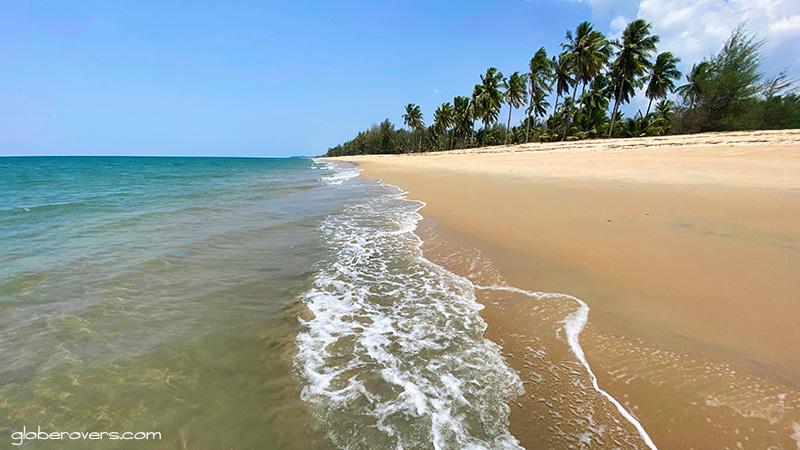
Practical Information
Getting there: Koh Similan can only be visited on day trips and is most conveniently reached by speedboat from Khao Lak Beach, 80 kilometres (50 mi) north of Phuket International Airport.
For Koh Surin, head 90 kilometres (56 mi) north of Khao Lak to the small town of Kuraburi from where regular speedboats make the 60-minute journey to Koh Surin Nuea.
Kuraburi is also where long-tail boats leave for both Koh Phra Thong and Koh Ra while their southernmost sister, Koh Kho Khao, is reached by a short boat ride from Baan Nam Kem Pier north of Khao Lak Beach on the mainland.
The two northernmost islands in this region, Koh Phayam and Koh Chang Noi, can be reached by long-tail boat from the harbour at Ranong which lies 110 kilometres (68 mi) north of Kuraburi.
Getting around: Motorbikes can be rented on all the islands discussed, except for Koh Similan and Koh Surin, which has only limited hiking paths.
Sleep, eat and drink: This is not a region known for luxury resorts or a wide variety of accommodation and restaurants.
Except for a few higher-end resorts, mainly on Koh Phra Thong, Koh Kho Khao and Koh Phayam, accommodation and restaurants are fairly basic but more than adequate. On Koh Surin, the National Parks restaurant prepares quite decent Thai food, but you can bring your own food from the mainland.

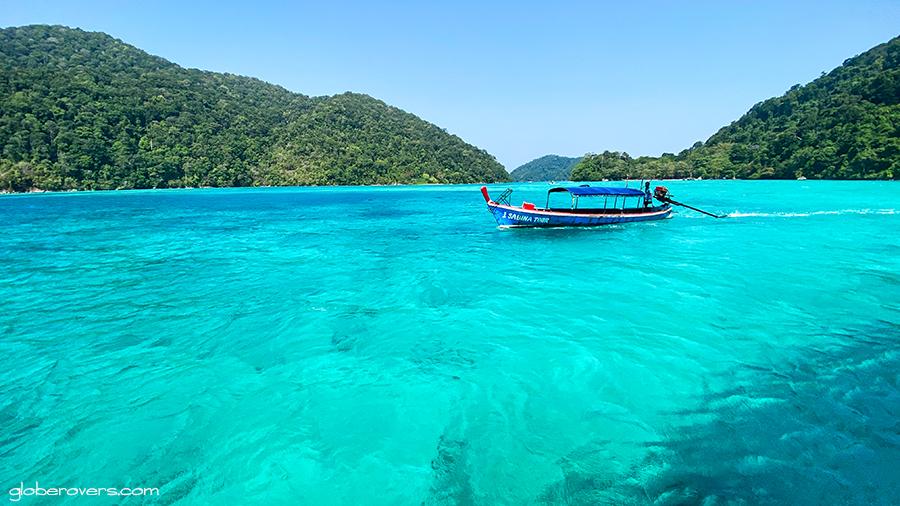
Links to all island regions of Thailand
Overview and map of Thailand’s Islands
Region 1: Southern Andaman (Koh Lipe area)
Region 2: Lower Central Andaman (Koh Mook area)
Region 3: Upper Central Andaman (Koh Lanta area)
Region 4: Northern Andaman (Koh Phayam area) – YOU ARE HERE
Region 5: Central Gulf of Thailand (Koh Samui area)
Region 6: Eastern Gulf of Thailand (Koh Chang area)
Region 7: Northern Gulf of Thailand (Koh Samet area)
10 Best Beaches on Thailand’s Islands
Notes when reading the details in each region
- In the Thai language, “koh” means “island”, so the correct way to refer to the island of Phuket, for example, is “Koh Phuket” rather than “Koh Phuket Island”. “Ao” means “beach”, so “Ao Nang” means “Nang Beach”. “Mu koh” means “archipelago”, so “Mu Koh Ang Thong” means “Ang Thong Archipelago” .
- Some of Thailand’s islands have the same or similar names. Some examples include Koh Chang in the Gulf of Thailand, and Koh Chang Noi along the northern Andaman Coast; and Koh Ngam Yai and Koh Ngam Noi near the town of Chumphon, which is far from Koh Ngam at the southeastern tip of Koh Chang near Cambodia.
- Covid-19 is decimating the tourist infrastructure on Thailand’s islands. Most tourist services, including accommodation and transport services, available pre-Covid are not currently accessible, and may not be restored for a while.
- While some islands can be reached by public ferries, speedboats and long-tail boats, some are only accessible by private boat rental.
- Much effort has been made to provide information that is as accurate as possible, but please do your own extensive research to get the latest information.
- This article focuses on the best beaches on islands with accommodation, though islands managed by the National Parks offering tents for rent are also included. We also include noteworthy islands and beaches of interest with no accommodation.
- This article is not intended as a comprehensive guide to all islands of Thailand.
☛ Read more: Blog posts of Thailand

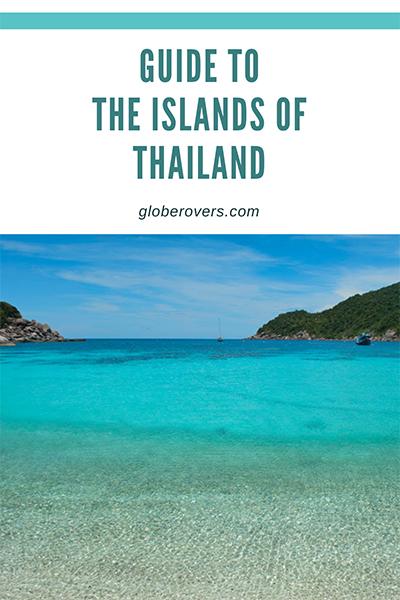
Additional Reading
CNN Traveler: The 11 best islands in Thailand
Top 10 Best Thai Islands that need to be on your bucket list

Blog post and photos by Peter who has been travelling almost full-time since 2005 and has been to over 122 countries. He visited several countries, such as Japan, more than 20 times. Peter is Editor-in-Chief and Publisher of GlobeRovers Magazine, an independent travel magazine focused on intrepid destinations.
